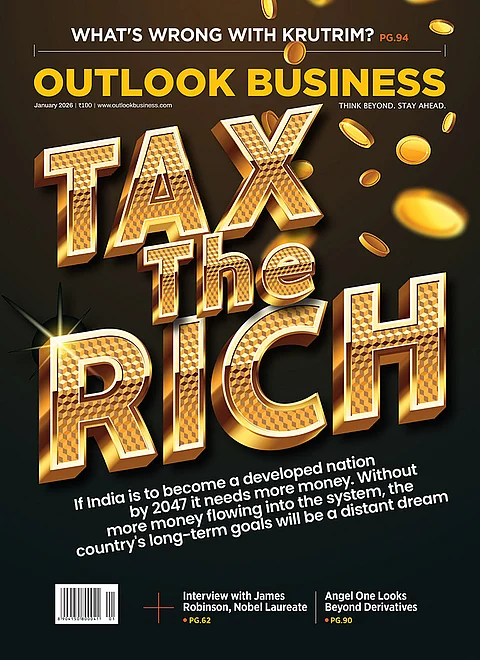More than elections and the Union Budget, if there is any other topic that has managed to garner people's attention, it is India's stock market. The equity space is currently looming in a dichotomy, wherein investors are both concerned about losing money and missing out on a bull ride.
As young investors flood the capital market, domestic custodians are sharpening their focus on D-street activities. Recently, SEBI (Securities and Exchange Board of India) released a study analysing intraday trading patterns. Interestingly, this time the market watchdog highlighted an unexpected factor affecting trading performance- your relationship status.
The study found that across all three years (FY 2018-19, FY 2021-22 and FY 2022-23) 'married' traders performed better when compared with 'single' traders.
"On comparing ‘single’ vs ‘married’ traders group, ‘married’ traders group had higher proportion of profit-makers than ‘single’ traders group across all the three years," Sebi stated in its study.
It also indicated that younger traders tend to have a higher proportion of loss-makers. In FY23, traders aged over 60 had the lowest proportion of loss-makers (at 53 per cent), whereas those under 20 had the highest proportion at (81 per cent).
Additionally, the proportion of profit-makers was higher among female traders as compared to their male counterparts across all three years.
Some other important points highlighted in the study-
-In FY23, 71 per cent of people trading intraday in the cash segment ended up losing money.
-The proportion of loss-makers in the intraday cash segment has witnessed an increase from 65 per cent in FY19 to 71 per cent in FY23.
-The proportion of young traders (under 30) in intraday trading has grown significantly, reaching 48 per cent in FY23, up from just 18 per cent in FY19.
-Participation in markets surged to 3x in Tier-1 cities, 5x in Tier-2 cities and 10x in Tier-3 cities in FY23 compared to FY19.































